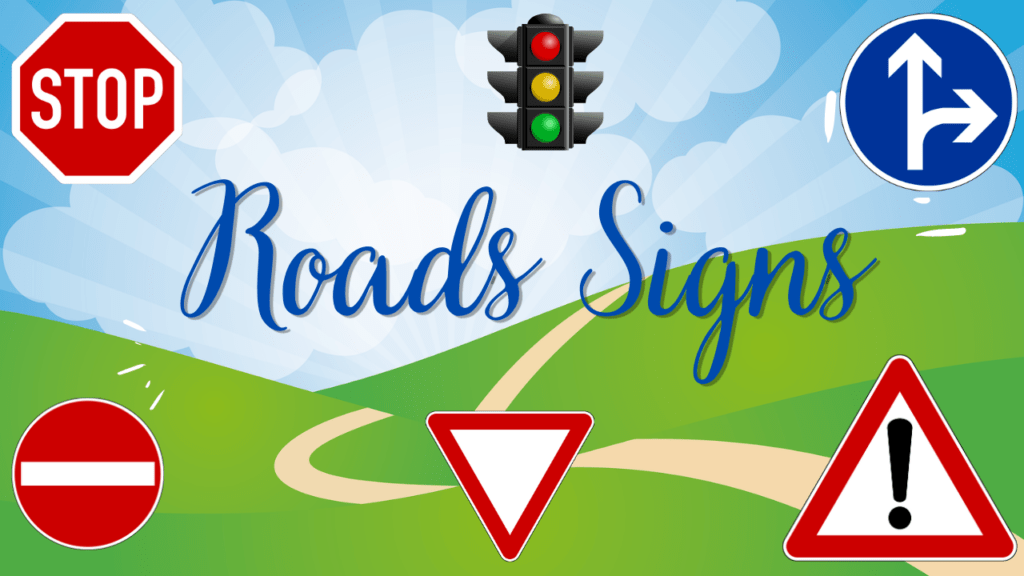A huge source of nerves for new drivers can be knowing just how to pass their driving test on the first try. Contrary to common belief, taking a driving test is can be straightforward as long as you’re prepared. Which can be pretty difficult for many students especially when you are not sure what the examiner is looking for. Lets shed some light on this.

Practice makes perfect
Nothing can replace just getting behind the wheel and practicing your driving. It doesn’t matter how good your skills are at driving. If the confidence is not there to back it up, you just wont perform to standard. Ask your parents or other close relatives to take you out. By doing this, you’ll develop road comfort, which will benefit you during your driving test.

Also, please make an effort to choose someone to practice with that you think would be the best driving role model for you. They need to be able to identify errors you make when driving to help you improve along the way.
Slow down when needed
This should be your golden rule. Always brake before a corner, maintain around the corner and accelerate as needed out of the corner. Its always easier to learn when done slowly and the same can be said for driving. Start off by taking turns slowly, especially if you’re starting out. Once you are more confident behind the wheel, you can then begin to drive slightly quicker and build your confidence slowly.
Follow road markings, signs and traffic lights.
Road markings are used to provide help and guidance for all road users. They make our lives easier by showing us exactly where we need to go. On top of this some areas will have road markings with traffic lights, such as busy roundabouts. Believe it or not these are some of the easiest roundabouts there are. The reason being that we no longer have to decide when its safe to enter the roundabout. Instead the traffic lights do the hard work for us.

Brake Gently
This can be a hard skill to learn as common sense says brake hard and you will stop faster. Unfortunately braking hard normally means we are going too fast into a junction or traffic lights. This means you are more likely to make a mistake. So best way to avoid this is begin slowing down earlier. I teach learners how to do this using the “No stropping game”. The game goes like this: You have to try and not stop for the next 10 minutes. Of course at no point would you risk safety or brake the law. Luckily most of the time this can easily be followed and still not have to brake. The secret is, slowing down earlier. That simple. If you want more info about this check out my YouTube video on the no stopping game.
Control your speed
If you want to pass the test, the most important thing is to pay attention to the speed limit. And this does not just mean going to fast. Many a learner have also failed for going to slow. Your job as a driver is to be aware of the speed limit and judge what a safe speed would be. A safe speed would not be braking the law and not be causing huge delays to drivers behind you.
Look out while reversing.
Two most important parts of reversing are taking it slow. Slow shows the examiner that you have great clutch control which in turn shows you to be a confident driver. The second part of reversing is looking where you are reversing at all times and not in the mirrors. That means turning your entire body around in the seat to give you the best possible view of your surroundings. If you want to impress the examiner this is how to to do it!
Take your time
It makes sense to take your test once you’re ready, no matter how eager you are to drive alone. Rushing to take a driving test will prevent you from gaining the necessary experience to drive independently and you are putting yourself and the examiner at risk. You are also going to knock your confidence for the next time you take a driving test which in turn will only hold you back longer.

Follow these tips and you are going to be well on your way to passing your driving test.





Leave a Reply